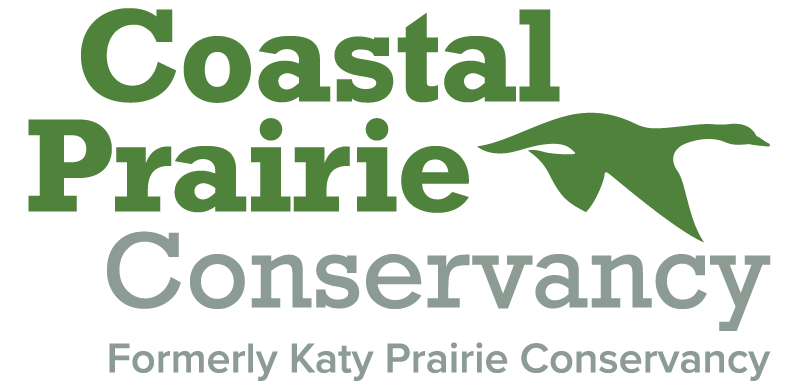State of the Species: Eastern (Spilogale putorius) and Plains Spotted Skunk (Spilogale putorius interrupta)
Written by: Carol Gaskamp, Guest Contributor
The Eastern Spotted skunk, Spilogale putorius, is a relative of the more familiar and common striped skunk (Mephitis mephitis). The subspecies, Spilogale putorius interrupta or plains spotted skunk, inhabits the Great Plains in the midwest and central area of the United States, including Texas (1). Habitats include tall grass prairies like those found on the Katy Prairie Preserve, woodlands, and farmlands.
The Eastern spotted skunk as a species typically weighs between one and two pounds, and its body is about 4-17 inches long with a 3-9 inch long tail. Famously black and white, the Eastern spotted skunk displays an identifying white spot on its forehead and in front of its ears. The body has six white markings: two interrupted white bands along the back, and white spots on each side of the rump and tail – hence the name spotted skunk!
The Eastern spotted skunk is nocturnal, so you’re most likely to stumble upon one while on a night hike or an “owl prowl” birding trip. Its diet includes birds and bird eggs, small mammals such as field mice and cottontails, insects, corn, and fruit (2). Like others in the skunk family, when threatened, it sprays a stinky oil secretion from anal oil glands, aimed at the face of its predator. Fingers-crossed you’re not the predator in question when crossing paths with this little friend! One of the species more unique qualities, the spotted skunk does a handstand, stomps its front feet, and hisses before releasing the spray. Watch this quick BBC Nature Video to see this amazing defense mechanism in action!
The Eastern spotted skunk’s relative, the plains spotted skunk, is considered a vulnerable species due to the loss of habitat from urban expansion, agricultural practices that diminished its habitat, and prey, pesticides, disease, and changes in predators. It was first listed as a candidate as an endangered species in 1991; the US Fish and Wildlife Service currently lists the endangered status of the plains skunk as “under review” (4).
In an effort to conserve this important species, the Coastal Prairie Conservancy was a partner in a plains spotted skunk study funded through the State Comptroller’s Natural Resources Program, a program designed to study vulnerable, threatened and endangered species (5). These studies provide information that may be used to aid voluntary conservation efforts and make Endangered Species Act decisions (6). In the spotted skunk study, a higher number of spotted skunks were recorded in the Katy Prairie and Fort Hood areas. The report recommends that, because the skunk population was greater in the Katy prairie, efforts to reclaim more of the Katy prairie should continue and be expanded (5).
From left to right: Spotted skunk receiving medical exam, Researcher observing data collection collar, Spotted skunk being released after medical exam.
To protect this important species, the Coastal Prairie Conservancy continues to preserve lands on the Historic Katy Prairie where the organization currently protects more than 18,000 acres. Are you interested in helping the Coastal Prairie Conservancy protect the spotted skunk and the habitat it depends on? Helping with prairie restoration is key! By participating in activities such as seed collecting, Stewardship Saturdays, the Great Grow Out, and the annual Putting Down Roots event, volunteers help ensure that habitats used by spotted skunks on the coastal prairie stay healthy and resilient.
Sources:
1. https://animaldiversity.org/accounts/Spilogale_putorius/
3. https://www.youtube.com/watch?v=WTQc-WEb5h8
4. https://ecos.fws.gov/ecp/species/2984
6. Dowler, R. C. et al (2017). Conservation Status of the Plains Spotted Skunk, Spilogale putorius interrupta, in Texas, with an Assessment of Genetic Variability in the Species: A final report to the Texas Comptroller’s Office. https://comptroller.texas.gov/programs/natural-resources/research/all-research/archive.php
6. https://comptroller.texas.gov/programs/natural-resources/


